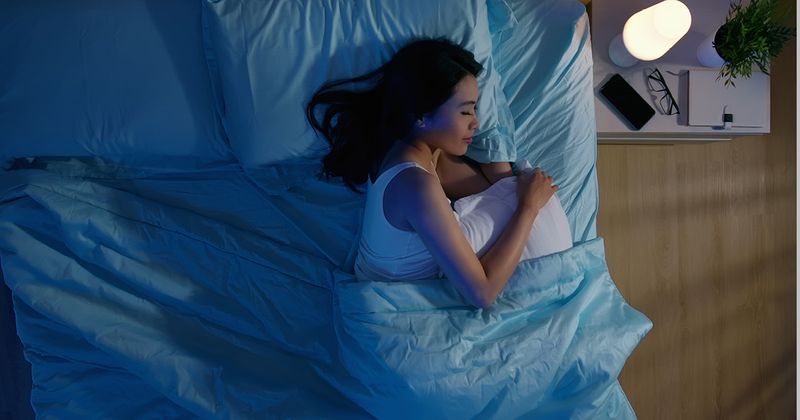Sleep disruptions found in long COVID survivors have unclear impact
NASHVILLE, Tenn. — Many survivors of long-term COVID experience difficulties sleeping, but it is unclear whether these disturbances are helping or hurting their recovery, according to a speaker at the CHEST Annual Meeting.
“Population-based research on the post COVID-19 syndrome has allowed us to quantify the burden of the disease and its equity,” Ruckshanda Majid, MD, FCCP, sleep physician from UT Health McGovern Medical School, said during her presentation. “It also allows us to measure the impact it has on public health systems, as well as the demand of care.”

To start her presentation, Majid discussed several studies that found many survivors of long COVID reported sleep difficulties/disruption in follow-up visits. She then posed the question, “Is the presence of long-term COVID the result of an interplay between the protective and the disruptive effects of COVID-19 on sleep, with the length of the disturbance being a function of which one of these processes possibly predominates?”
In terms of sleep disturbances as a protective mechanism, Majid said studies have found that an increase in non-REM sleep and suppression of REM sleep is a sleep architectural change that helps in recovery.
“It is potentially the sleep architectural changes that allow for heat regeneration are more of an adaptive and protective mechanism to promote recovery and potentially is one of the explanations of why patients suffer from long COVID with the sleep disturbances that they report,” she said.
However, Majid also said that the sleep disturbances experienced by this patient population may be maladaptive because they could be perpetuating long COVID syndrome.
“We know, as has been clearly defined by multiple studies, that sleep is extremely important to promote our bodies restorative functions related to ability, so potentially it is the prolonged sleep deficiency that these patients have that leads to chronic systemic low-grade inflammation,” she said.
There is no clear answer for whether poor sleep is helping or hurting long COVID survivors, and there are no evidence-based therapies for these patients, Majid said. However, she shared how she is helping her patients.
“For me as a sleep physician, and I’m sure for many of you, the way that we’re treating long COVID is by treating the symptoms, treating the physical ailments as well as the psychologic ailments and using the tools that we already have at our disposal, such as [cognitive behavioral therapy for insomnia] to try to alleviate some of the sleep disturbances that this patient population has,” she said.
Additionally, Majid said sleep physicians should note that these patients may also have underlying sleep disorders.
She discussed one study which found that 65 out of 67 patients with moderate to severe acute respiratory distress syndrome were diagnosed with obstructive sleep apnea even though their BMIs were not above obesity range and their STOP-Bang scores indicated a low risk for obstructive sleep apnea.
Based on these findings, Majid said sleep physicians should keep a slightly lower threshold when deciding to screen for sleep apnea in long COVID patients who report significant sleep disturbances.
“Sleep disruption appears to improve with time in long COVID, so that’s something that we need to reassure our patients,” she added.
Majid concluded by saying that more research is necessary so that sleep disorders and disruptions can be more clearly defined for these patients.

